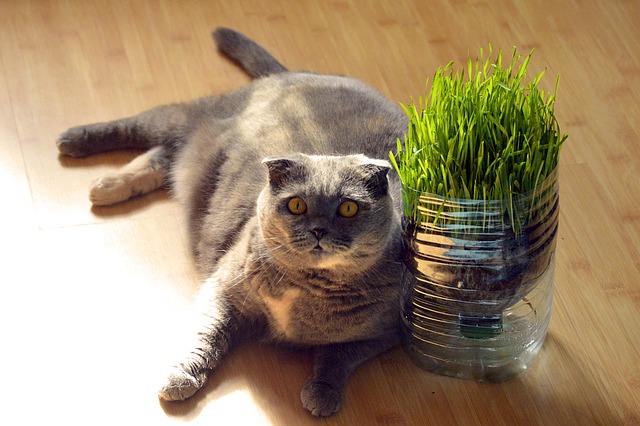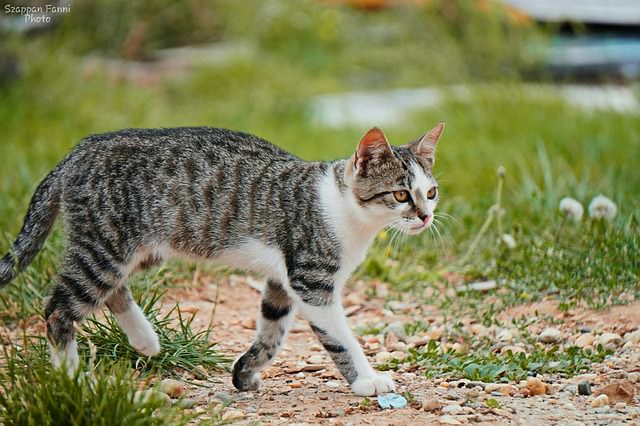According to the Association for Pet Obesity Prevention, an estimated 59% of cats in the United States are overweight or obese. That means over half of our cats are suffering from a very preventable condition – enough that there is an entire organization dedicated to counter its prevalence. This is because obesity attributes to, or directly causes, so many health conditions.
The best way to stay healthy is to prevent disease and illness, so making sure our cats are a healthy weight is important. So many cats are overweight without their owners even realizing it, and many veterinarians don’t push a healthy weight as enough of a priority. But obesity is not anything to take lightly; it has nothing to do with appearance and everything to do with health. Here are some of the many conditions exacerbated by obesity, although there are certainly more.

#1 – Osteoarthritis
This is one of the most common obesity-related ailments that appear in cats. Studies have shown that food intake has a significant impact on the development of osteoarthritis in dogs, with the most severe cases being linked to unrestricted feeding. It’s easy to translate these results to our feline companions as well. Osteoarthritis can cause pain and lameness, is progressive and incurable, and is exacerbated by the increased pressure put on the joints and cartilage by excess weight.
#2 – Insulin Resistance & Type II Diabetes
Endocrine disease is extremely common in overweight cats. Diabetes mellitus is regularly seen alongside feline obesity. As the increased blood glucose level and increase of body tissue mass asks for more insulin to be secreted, the body responds until the requirements exceed the amount of insulin it is able to produce – thus leading to diabetes mellitus.
“Overweight cats are at least twofold at risk for becoming diabetic,” says Purina Veterinary Nutritionist Dorothy Laflamme, D.V.M., Ph.D., DACVN. “The risk increases to eightfold in severely obese cats. The link between obesity and diabetes is well-established. In general, obesity is associated with increased oxidative stress and increased inflammatory markers, both which can contribute to changes such as insulin resistance and diabetes.”
#3 – Nonallergic Skin Conditions
Obese cats are at a much higher risk for developing skin conditions not related to allergies. Cats groom themselves regularly, but extra weight can make it difficult or impossible for them to groom effectively. Dry, flaky skin, feline acne and hot spots are common problems seen in obese cats. Inability to self-groom can be controlled by regular brushing and bathing, but does not help any of the other issues obesity can exacerbate.

#4 – Liver Disease
The liver stores fat, so when cats become overweight or obese, they often accumulate an excess amount of fat on the liver. This condition is called hepatic lipidosis, or fatty liver, and results in decreased liver function. This condition can be life-threatening, especially in obese cats, should they become stressed or stop eating suddenly.
#5 – Decreased Quality of Life
Not including the ailments listed already, obesity will greatly diminish your cat’s quality of life. Overweight cats often suffer from lethargy, a loss of stamina, difficulty breathing and heat intolerance – all conditions that are easily preventable. Obese cats are often in pain, at a higher risk for heat stroke and are general uncomfortable carrying around all of the excess weight.
Owners of overweight cats might think they’re active, but imagine how much more mobile they could be if they shed some extra pounds. We all want our cats to live a long time, but the quality of their lives should matter just as much. If your cat is overweight or obese, consider what’s best for them and what will make them most comfortable.

